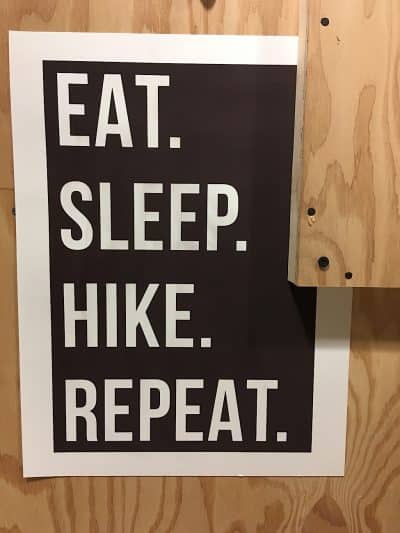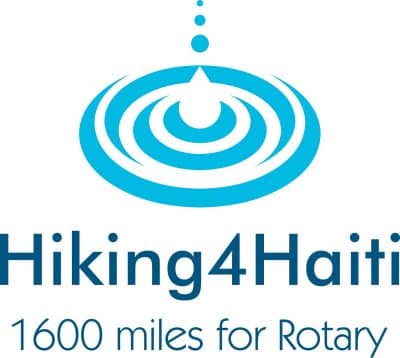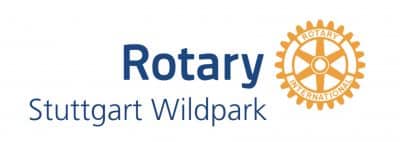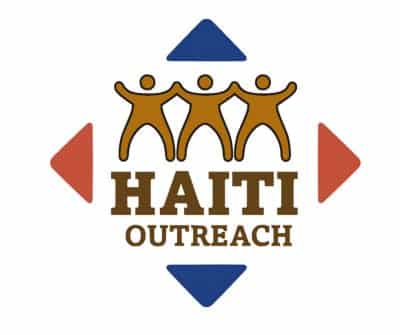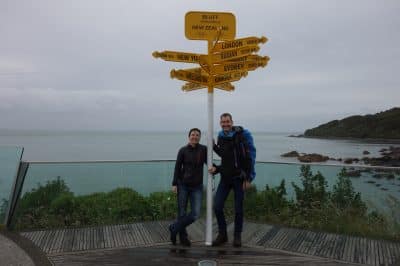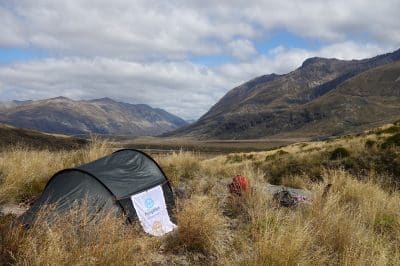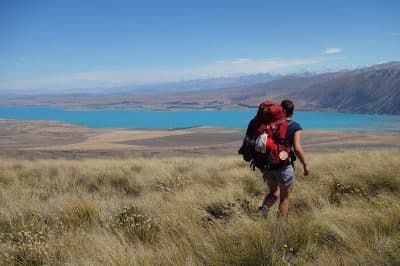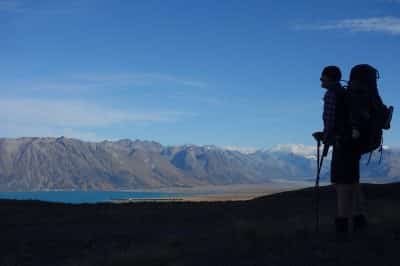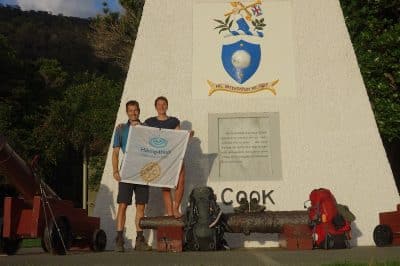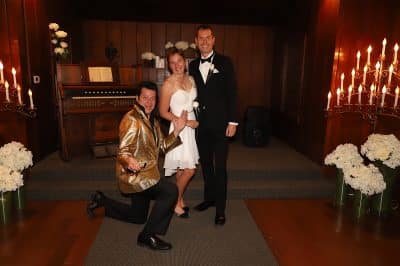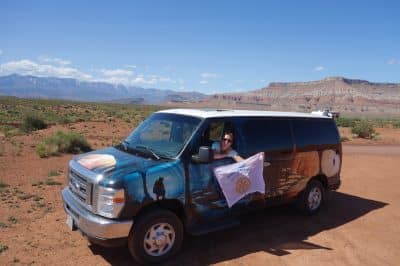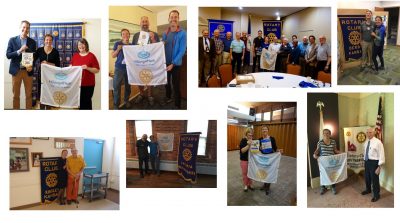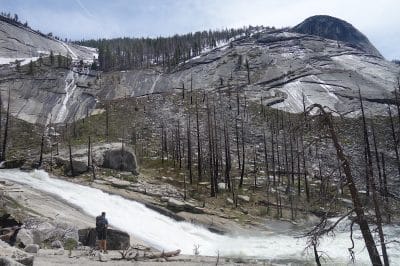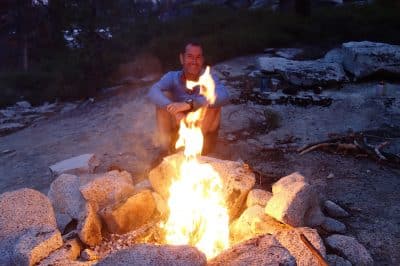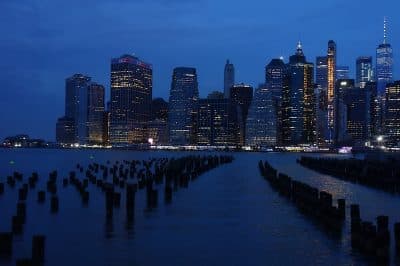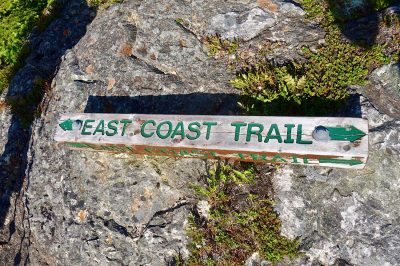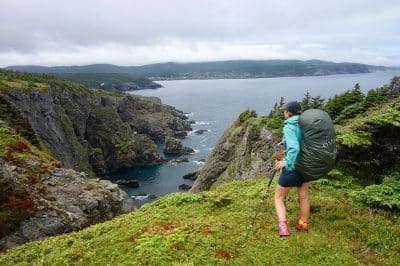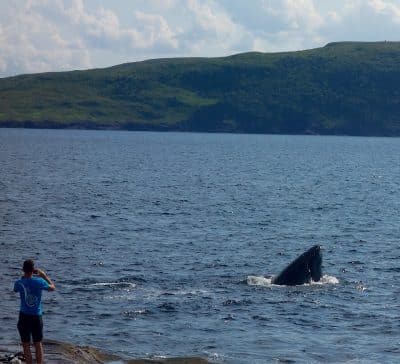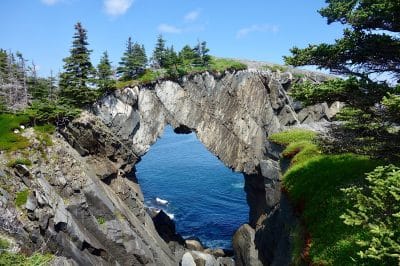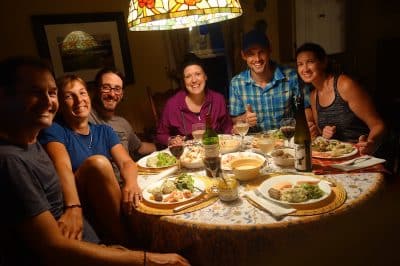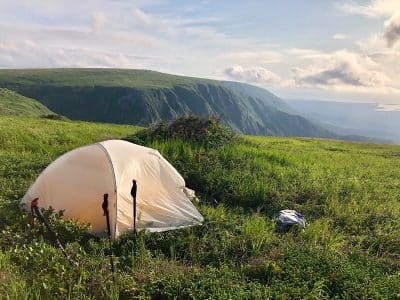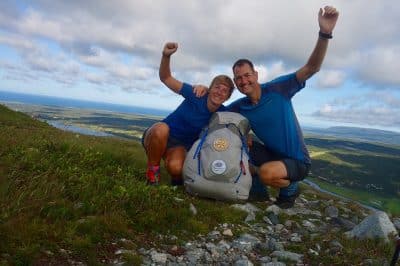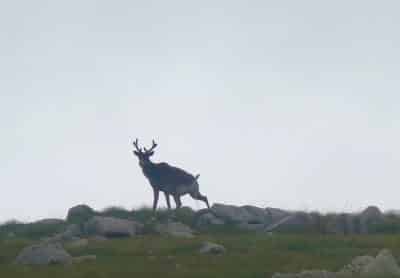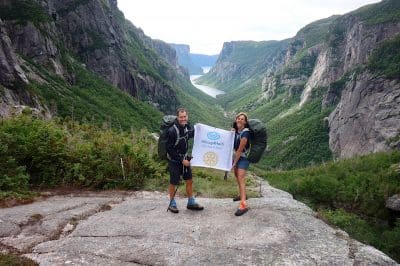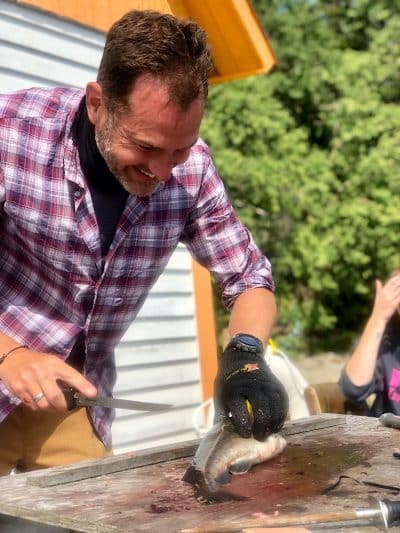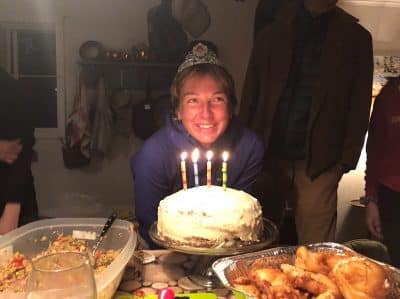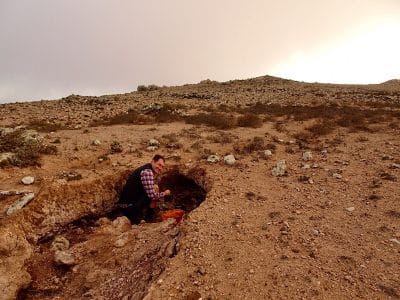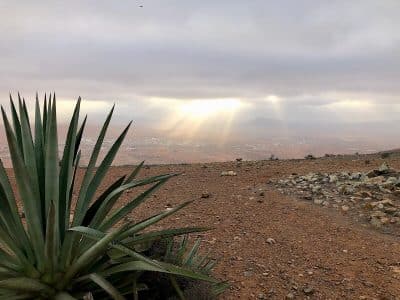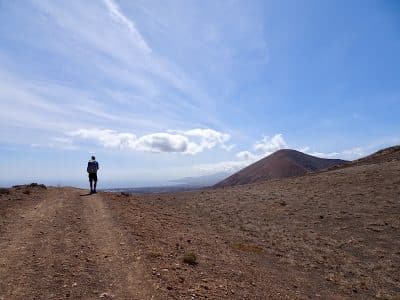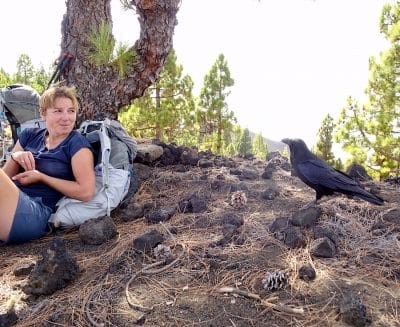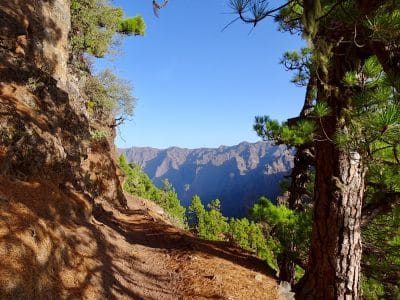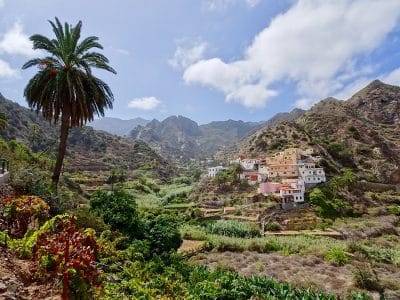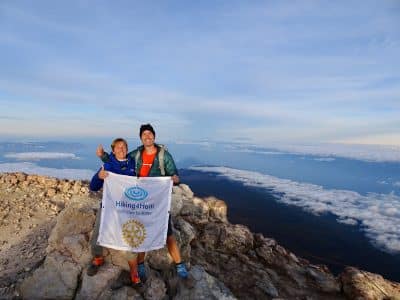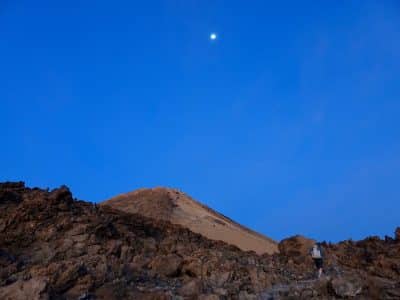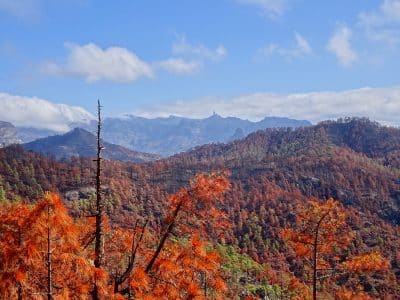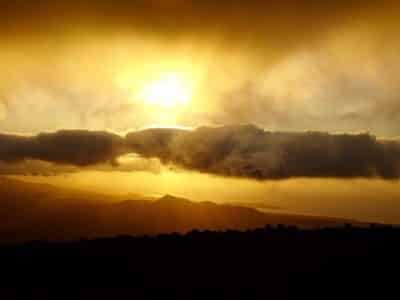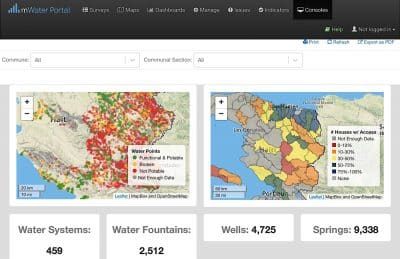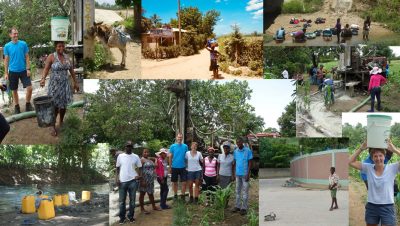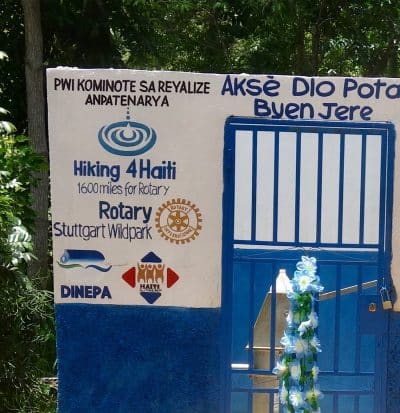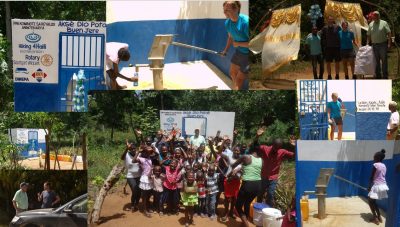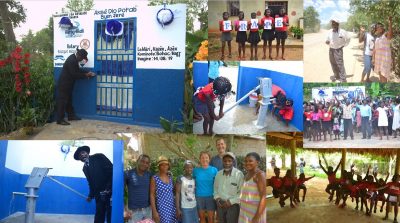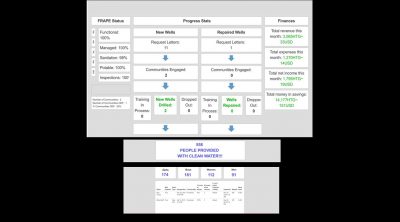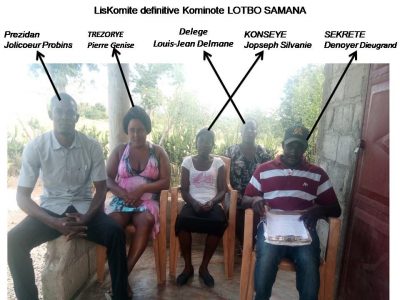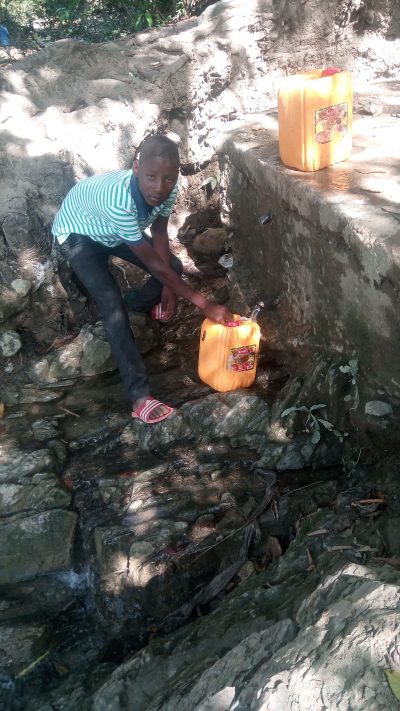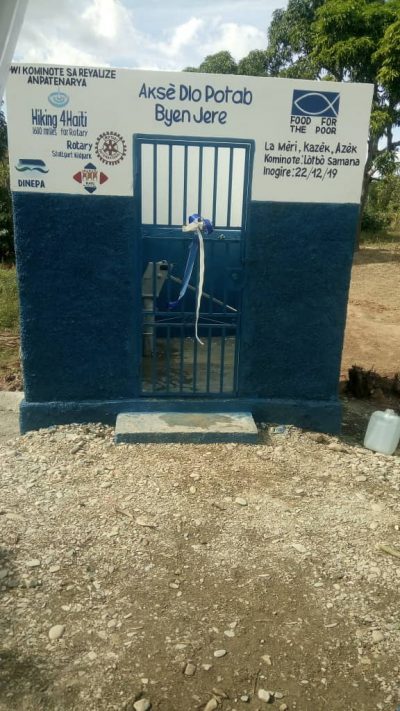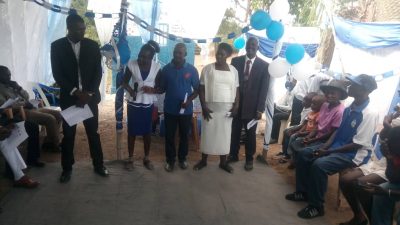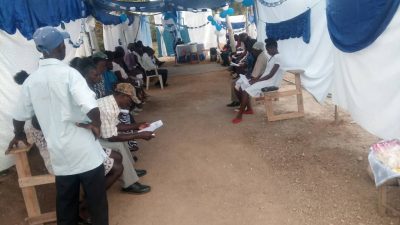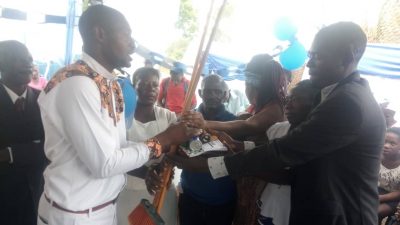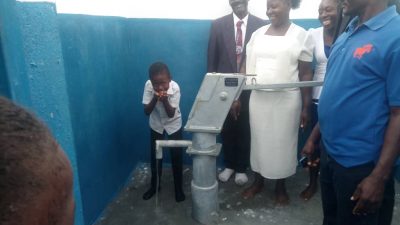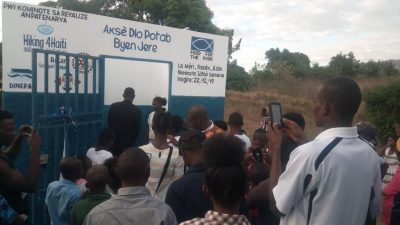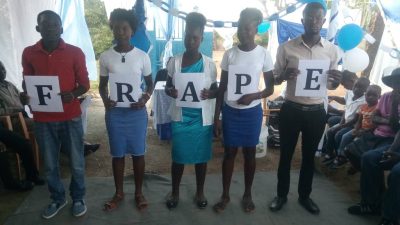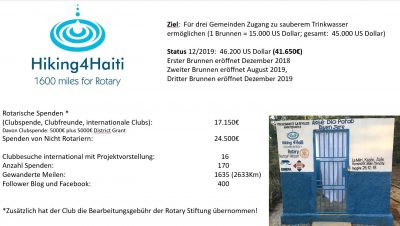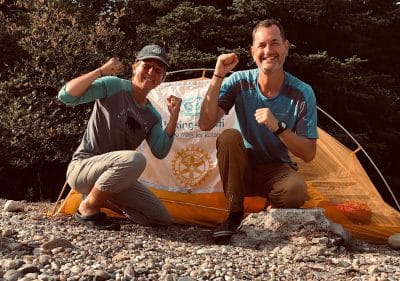Conclusion of a spectacular year, the return to Germany and the third well!
What a ride! A year off is behind us. A year in which we were able to live very intensively at the moment. A simple life, which mostly consisted of hiking, eating, sleeping. The biggest concerns were: can we cross the river? Where can we camp? Do we have enough water with us? When are we finally here? How high is the mountain?
It’s relaxing, earthy and we feel relaxed like we’ve never been. Can also be related to the fact that you sleep an unbelievable amount while hiking. Since the rhythm adapts to nature, one goes to bed relatively early and only gets up again at complete brightness (except in the Canary Islands, as it was simply too hot). It’s not possible to sum up a year like this in a nutshell – you’ve got to read the blogs. But I would like to list the cornerstones of the trip again.
September to December 2018
Our time out hadn’t started yet, but we were busy in the evenings and at the weekend to start the hiking4Haiti project and win the first donors and sponsors. Hiking4Haiti was simple from the idea: use the story of our time out to draw attention to the living conditions in Haiti with the aim of raising money for sustainable drinking water supply. Donation target: 45,000 USD
In the period from September to December we consistently sought sponsors and donations. With success. At the end of the year we had collected 15,000€. 5000€ of this came from 16 companies, whose logos can also be seen here. A big fundraiser was participation in a “Credit Plus” competition. These allow projects to compete against each other. An online vote decides who receives the €1000 donation. After a great mobilization, we were able to win the vote for us with over 300 votes. Our farewell party also brought another 1000€. And my Rotary club has supported with a club donation. In addition, many club friends have donated. So the first well was already financed before we walked the first kilometer! ?
Januar to March 2019 – New Zealand
On January 2nd we packed everything you need for a year in a backpack and set off for the first stage of our journey: New Zealand. One of the many highlights of our year. 1300 kilometres lie between Bluff, the southernmost point of New Zealand’s South Island, and Ship Cove, the northernmost point. In between are strenuous altitude meters, countless, sometimes dangerous river crossings, over 70 nights, mostly in the tent, incredibly beautiful scenery, wild, unspoilt nature, pain and joy. challenges and their mastery. Hunger and whiskey. Club visits by Rotary clubs were difficult to organize, as the trail was mostly off-site. But at least five New Zealand clubs we were able to include in the route. In each we were welcomed with Rotarian cordiality and were allowed to talk about our project. We collected a total of 7000€ donations in the time on New Zealand, the majority of people we met on the trail. The biggest single fundraiser was initially not planned as a fundraising, but in the end it brought 2000€: the recitation of the poem “Bürgschaft” by Friedrich Schiller. How so? Of course, hiking is not only characterized by highlights. Hiking with initially 18 kilos on the back, steep 500-1000 meters of altitude is a matter of discipline. I felt that every step took a certain effort of will. To distract me, I began to memorize the poem. Every syllable, one step. So, I pushed myself step by step, syllable for syllable upwards. Our followers on Facebook noticed this and wanted to see my recitation skills live. That’s how the first video was made. Thanks to a lot of encouragement, I then “sold” recitations for donation.
Read here about our experiences!
Day 1-12, From Invercargill to Te Anau, 125 miles
Te Anau to Wanaka, another 125 miles
From Wanaka to the River Rakaia, 218 miles
From Methven to St. Arnaud, 290 km
North Island – Wellington to Auckland (only 90 hiking kilometres)
April to June 2019 – USA
After three months of living out of the backpack, it was wonderful to be able to call a camper our home in the USA. We covered 12,500 kilometers with this “Hippibus” and once drove from Las Vegas to New York through the USA. Especially on the west coast and later also on the east coast we have made multi-day hikes in the national parks and thus “logged” 300 kilometers. Here, of course, we were also more flexible and were able to visit 8 clubs in the 2.5 months. We were able to collect a total of 4200€ in donations during this time. The biggest fundraiser was the visit of my former host family and the local Rotary Club in Winfield Kansas. After 23 years to see my family and the club friends again was a very special experience.
Read here about the details of our travel in USA:
Las Vegas to Silicon Valley / Hiking in Grand Canyon and Yosemite Park (60 km)
On our way to the East Coast: Kansas to North Carolina and 75 wonderful hiking miles
Along the East Coast to the infamous Whites and back to New York – only 26 miles of hiking
July to September 2019 – Newfoundland
The next kilometers per pedes we hiked on Newfoundland. A total of 580 kilometers. Half of it on the east coast of Newfoundland on the so-called East Coast Trail. This hike was accompanied by daily whale encounters. Coupled with the rough landscape and the possibility to camp directly on the cliffs, this was another hiking highlight. The second half on the no less beautiful west coast. Great was certainly also a radio appearance where we were allowed to tell about our project. But Newfoundland was mainly influenced by the wonderful people we were able to get to know here. This is where the foundation stone of a wonderful friendship was laid. A total of almost 3000€ went into the coffers of Hiking4Haiti in Newfoundland, the biggest items were donations on the occasion of my 40th birthday. We had taken this as an opportunity to appeal for donations online and were amazed and happy for all the people who had donated for this reason. Many of them we had only seen once on a hike or were individual club friends from one of the clubs we had visited.
More to Newfoundland? Check it out!
East Coast Trail: 300 Kilometers on the east coast of Newfoundland – or – Whales, whales, whales!
October to November 2019 – Canary Islands
The last kilometers of the promised 1600 miles we hiked in the Canary Islands. A long-distance hiking trail, the GR131 connects all 7 Canary Islands. 450 kilometers we explored the islands with backpack and tent. We didn`t hike el Hierro, in fact the effort to get to the island was too big for “only” 40 kilometers. The Canary Islands also have beautiful wild landscapes, but of course you will inevitably come through the tourist areas again and again. A highlight was certainly also the ascent of the volcano Teide in Tenerife (3700 müM). During this time, donations of €10,000 were raised. Here is the biggest fundraiser clearly my Rotary Club Stuttgart Wildpark. The second club donation, coupled with the approved District Grant, alone amounts to €7,500 of the sum.
Want to read more about us suffering in the heat? Here we go:
Canary islands – Trail GR131 – Lanzarote
GR131 – the last kilometres of our hiking year across the canary islands!
Haiti
Of course, our visit to Haiti was incredibly exciting. In July, between the USA and Newfoundland, we travelled to the former French colony.
Please read here, about the time in Haiti:
Haiti – or – What became of your donations?
As a summary, however, it is important for me to take another excursion to reflect on the successes of well building projects. For the first time my personal impression. I was frustrated and deeply shocked by how many broken wells we saw on the journey through Haiti,including empty kindergartens and schools with the sponsor’s logo still proudly emblazoned. Neil estimates that 50% of the wells in Haiti are no longer functional or in need of repair.
Studies were difficult to find, but the following I could find:
- In connection with the great Bihar famine in 1966/67, thousands of wells were drilled and equipped with hand pumps. Eight years later, only 40% of them were still in operation. (“Well construction in developing countries. Problems of technology using the example of Ethiopia https://www.geogr-helv.net/34/37/1979/gh-34-37-1979.pdf, 12.12.2019
- For example, a 2005 study by WaterAid and Nepal Water for Health (NEWAH) in Nepal found that 20% of the water points installed were out of function and 50% in need of repair. A 2009 study in Tanzania, also carried out by WaterAid, showed that as many as 46% of public water abstraction points were out of service there; 25% already two years after installation (Kanta, Bhattarai 2010, Taylor 2009). (“P_M.Wembacher_Pumpen_Entwicklungshilfe_19.13.” http://www.paulguckelsberger.de/WasserProjekte/IP.Wembacher.Pumpen.Entwicklungshilfe.pdf, 12/12/2019
Reasons mentioned in the studies often lie in the inconsistent involvement of the municipality in advance, as well as the practice of leaving the municipality alone after completion of the pump, without ensuring a management system that ensures sustainable care.
Neill tells us that he has always included the community for the first ten years, but not in the consistency that seemed necessary. Since he kept data meticulously from the beginning, he was able to carry out a 100% analysis of all the wells that the organization had built after ten years. He was devastated to see that 50% of the wells were no longer functional. Instead of giving up, he has questioned his system and installed a new system that focuses the community taking responsibility. This system is reflected in the word FRAPE, an acronym of Creole words that stands for the following things:
F stands for functionality (the well works, water can be pumped). An India Mark II, a so-called high-lift piston pump, is used as a global standard for pumps in the third world. In contrast to the vacuum piston pump, it can transport water upwards from a greater depth, the depth is limited only by the force that must be exerted. Usually 50 meters, although it also works up to 100 meters.). (“P_M.Wembacher_Pumpen_Entwicklungshilfe_19.13.” http://www.paulguckelsberger.de/WasserProjekte/IP.Wembacher.Pumpen.Entwicklungshilfe.pdf, 12/12/2019
R stands for taking responsibility (the municipality has independently developed a system to be able to operate the well in the long term. This includes, among other things, a census, the establishment of a budget, the conviction of all or as many households as possible to use the well with payment of a fee, the setting of opening hours, the establishment of a well station, the discussions and negotiations with local authorities).
A stands for plumbing, which means that every household has a latrine. The missing are built independently by the municipality.
P stands for clean drinking water. Each well is tested for pathogens. The municipalities take into account in your budget that the testing can be repeated.
E stands for inspection. Every month after the inauguration of the fountain, the fountain is inspected by the municipality and a report is prepared. The reports will then be discussed with Haiti Outreach employees and, if necessary, measures will be derived. The inspection is “ongoing”, Haiti Outreach thus looks after all over 500 wells that they have built in the 20 years.
Only when the fountain and the municipality is “FRAPE” will the fountain be officially opened. This takes 3-4 months, depending on the municipality. The actual act of well drilling is therefore minimal compared to all other activities to ensure sustainability.
With this concept they have a phenomenal, demonstrable rate of a functionality of 90% of the wells after 20 years. Of course, we have questioned the 10%. Here it was often the case that another non-profit – well-intentioned – built another well nearby. The removal of the water here is free of charge, which has led to a collapse of the system. Only when the free and Haiti Outreach well is broken will the community become aware of what they have lost.
Let’s take another look at the communities that, thanks to your donations, are now supplied with clean drinking water for life:
Mendos No. 1
There are 29 houses with a total of 213 inhabitants. The old water source was a 45-minute walk away.
The well was put into operation with the first donations at the end of 2018. Exciting to see and hear how the congregation fared now, six months later. We were greeted with a small party. There was a speech by the Committee President, several children had prepared a performance and of course the fountain was opened for us – outside the opening hours.
We also had a lot of time to talk to the members. A woman approached us and thanked Rotary,with tears in her eyes, that her children no longer have diarrhoea. The young lady who gave the presentation was proud of what she had achieved. But also their gratitude that their church has been given the chance to take their fate into their own hands. It was very touching to see how valuable this well and everything that was part of it was for them. Many of the girls can now go to school in this ward because they have the time to do so. It was nice but also shameful to see how grateful these people were. Not for running water in the house, but “only” a well that gives them the opportunity to fetch clean water twice a day.
Bohoc Haff
64 houses, 345 people.
The second municipality should have its fountain opened with our visit. All sustainable conservation measures have already been completed, only the well drilling has been a problem. No water was found during the first two holes. In this respect, we could not open together, but exchange ideas with the congregation. Here, too, we felt the pride of committee members at what had been achieved. We learned that two houses of the community refused to join. These were elderly residents who did not see the need to pay for the water. The frustration was felt, more about their own inability to convince the two. But they agreed at the end of the discussion that the two would join once the well is in operation.
In the end, one of the committee members approached us. She was very shy but she really wanted to get rid of something. ‘I’m going to do everything I am and I can make sure that this generous gift is cherished and nurtured for a lifetime so that we have clean water forever.’
With these impressions we left Haiti.
The third well in the community Lotbo Samana!
With the return to Germany “only”2000€ separated us to finance the third well in Haiti. A speech at my Rotary Club Stuttgart Wildpark led my Rotarian friends to spontaneously make private donations to fulfill the goal. Thank you very much!
The community has been in the FRAPE process since July and is therefore on the verge of inaugurating. The municipality is called Lotbo Samana. This is about 41 houses with 247 people. As soon as we confirmed Haiti Outreach about the success that we reached the money for the third well, it was inaugurated.
See for yourself in the pictures how happy the community was for receiving this wonderful gift. Thank you for helping to provide this community with drinking water!
Our “last words” to you our dearest reader!
Now our blog is coming to an end. We are usually asked: What did you like best? Would you make the decision to leave for a year again? Has the year changed you?
There were so many highlights that a review doesn’t do justice to the great moments. We wouldn’t want to miss a single step of our journey. Each and every one had their special moments that will be remembered for a long time. We can both answer clearly whether we would make the decision again. 100% Yes, without doubt. We meet a lot of people who say: oh, I would like to do this too, but… Of course, everyone has to assess their life situation on their own. I can only speak from my own experience that all the obstacles and fears that arose were much greater in my head than in reality. The saying: “I will cross that bridge when I get there!” symbolizes for me the attitude won this year. Don’t worry too much about the things that might happen. They can only be solved when they are right in front of you. I hope to be able to maintain this composure in my new day-to-day work from January. This finding also partly answers the third question. We both haven’t become other people. However, due to the many experiences, we have gained other perspectives and these have shaped us. For example, how grateful we can be about the life we can lead, as opposed to people in Haiti. That you only appreciate everyday things again when you have to leave them for awhile (e.g. a shower, running water, a roof over your head)
Or that you judge far too often, other people too quickly. We also noticed that often poorer people were much more generous and offered help unselfishly. That made us think.
An attitude that had already shaped me before and once again was confirmed: if you really want something, you can achieve everything! We were able to overcome all the challenges, whether physically or psychologically. This is also the case with Hiking4Haiti. With will, consistency and your support, we were able to offer more than 900 people a better quality of life. What a feeling!
Thank you for reading, commenting, donating! I hope you enjoyed it as much as we did!
After 1635 miles, over 46.000 collected US Dollars (and therefore more than our goal!), over 30 Blogs in german and english, over 400 readers from all over the world and a incredible awesome year, our blog ends now.
All the best
Heiko and Alex

